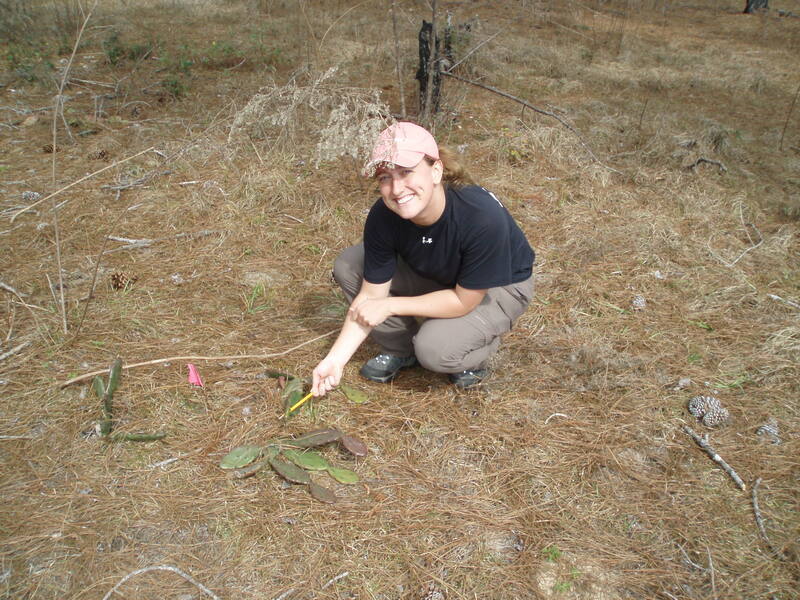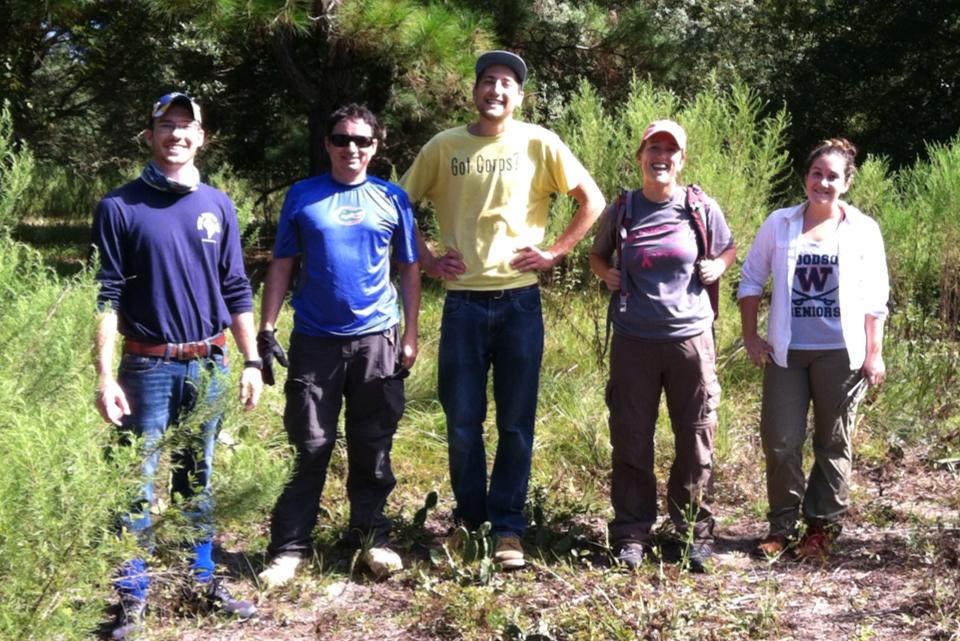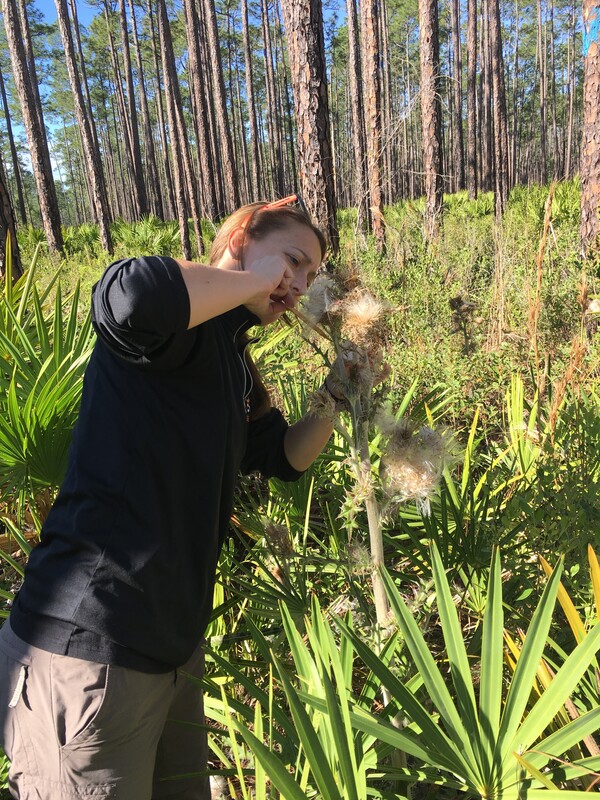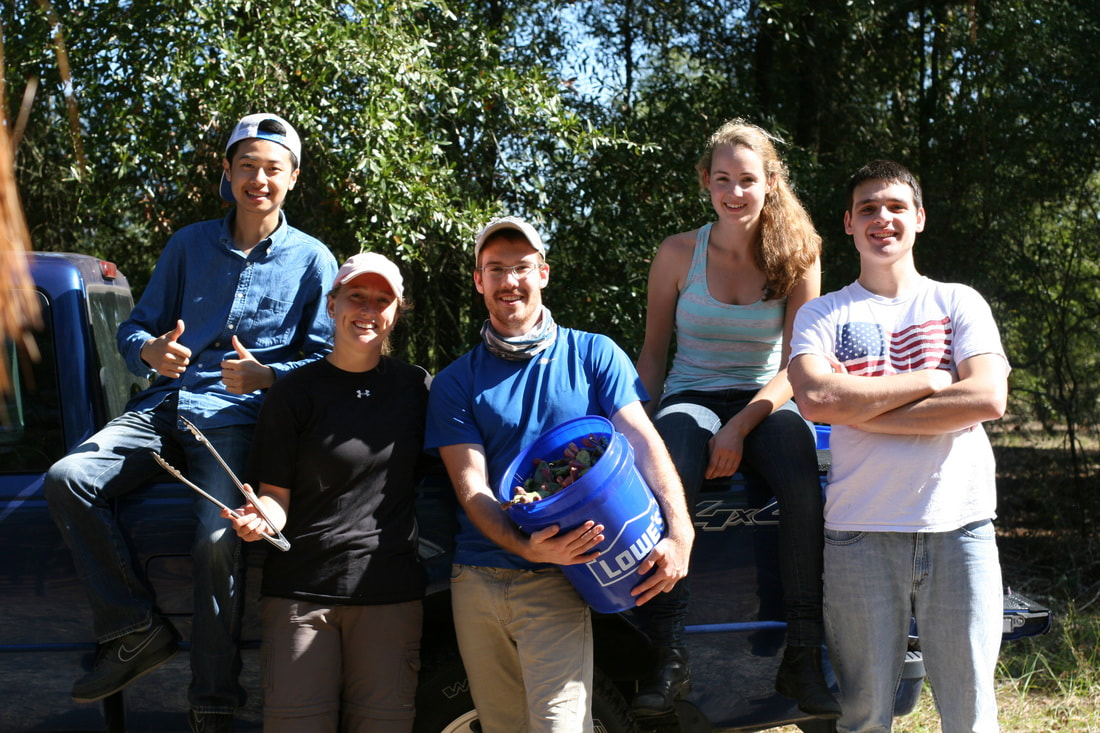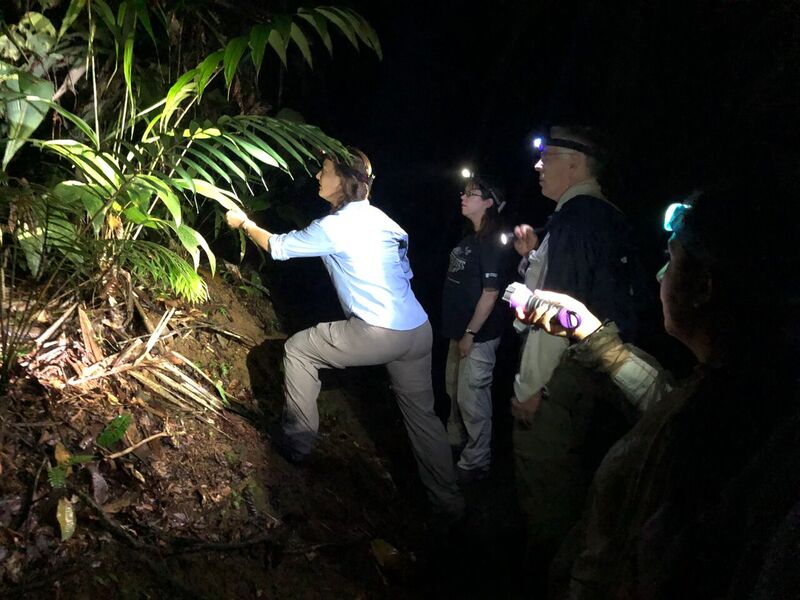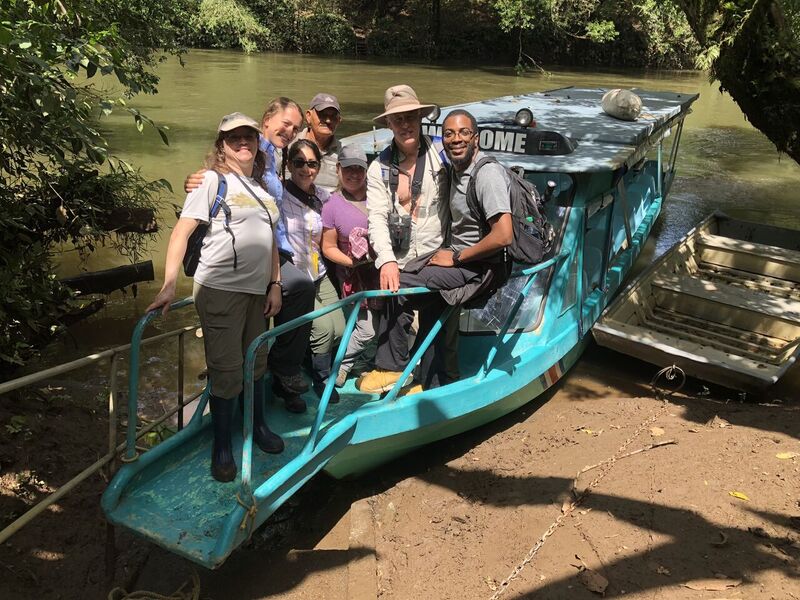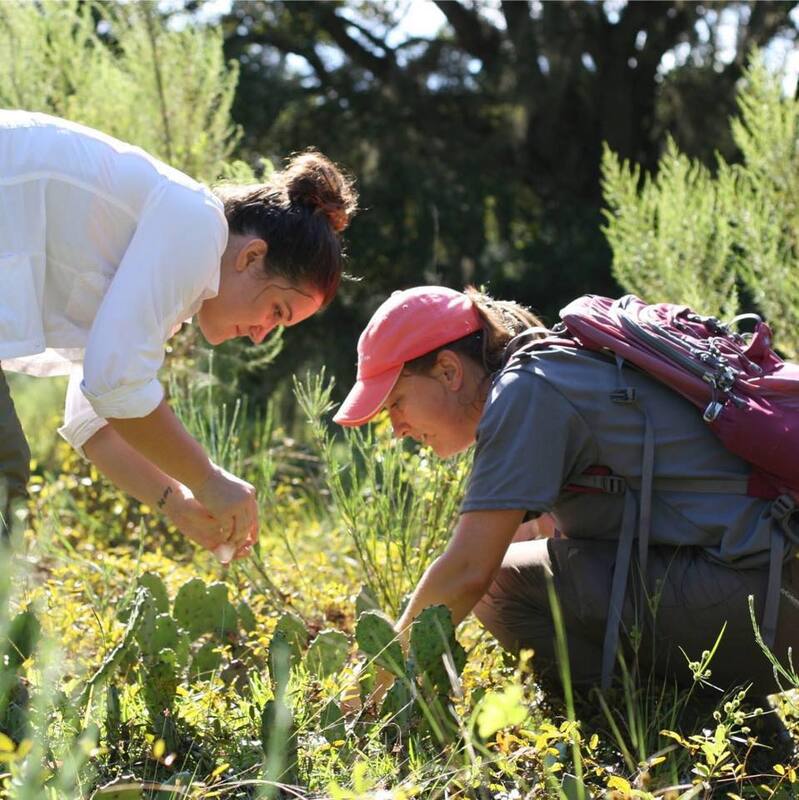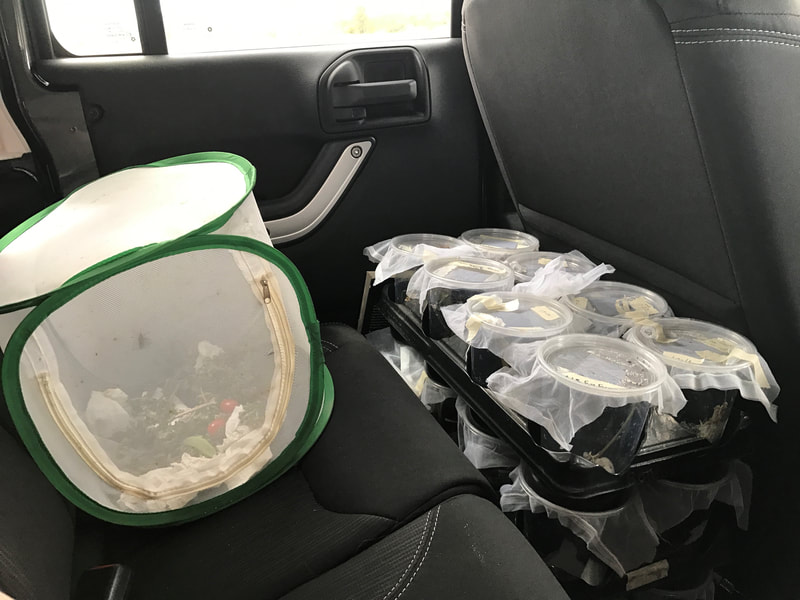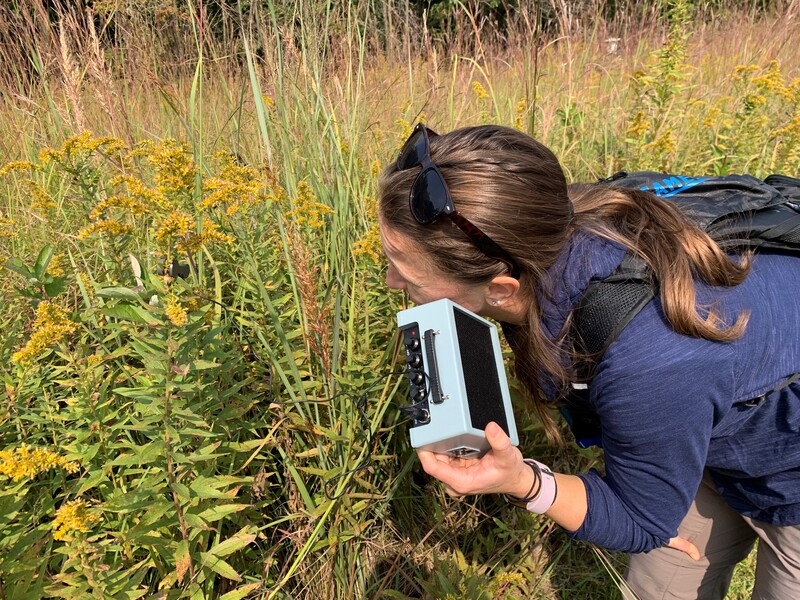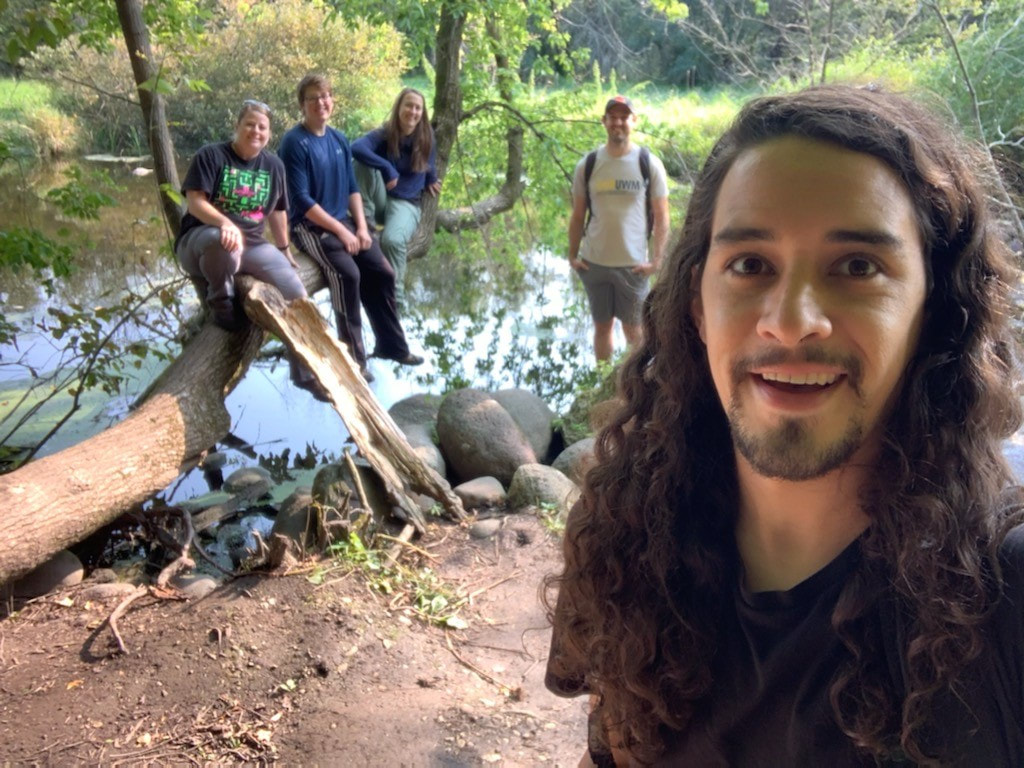|
Having a suitable phenotype for the environment is crucial to survival and reproduction. Therefore, heritable traits that maximize survival and reproduction under local conditions are more likely to persist in a population. However, habitats are incredibly diverse and dynamic across space and time. Change can occur quickly, altering the direction or intensity of selection, and potentially changing the tempo of the evolutionary process. We are interested in understanding the causes and consequences of variation in reproductive success under dynamic environments. We use several insect models to understand how changing environments affect pre- and post-copulatory traits, behavioral decisions, and reproductive success.
|
Several insects we've worked with in the lab include red milkweed beetles, treehoppers, and leaf-footed bugs
|
Field Work
|
Conducting field work is an excellent way to understand the life history and behavior of the species you study. I've conducted field work on the leaf-footed cactus bug, Narnia femorata, as well as related species in my many collaborations. It is important to understand how insects behave in the wild to understand natural mating system dynamics, so getting outside and watching your study organism is essential to making laboratory research relevant.
At times, field work can be hot, frustrating, and grueling. However, when you find what you're looking for, it is well worth the effort! These are just a few pictures that show off how fun field work discovery can be! |

